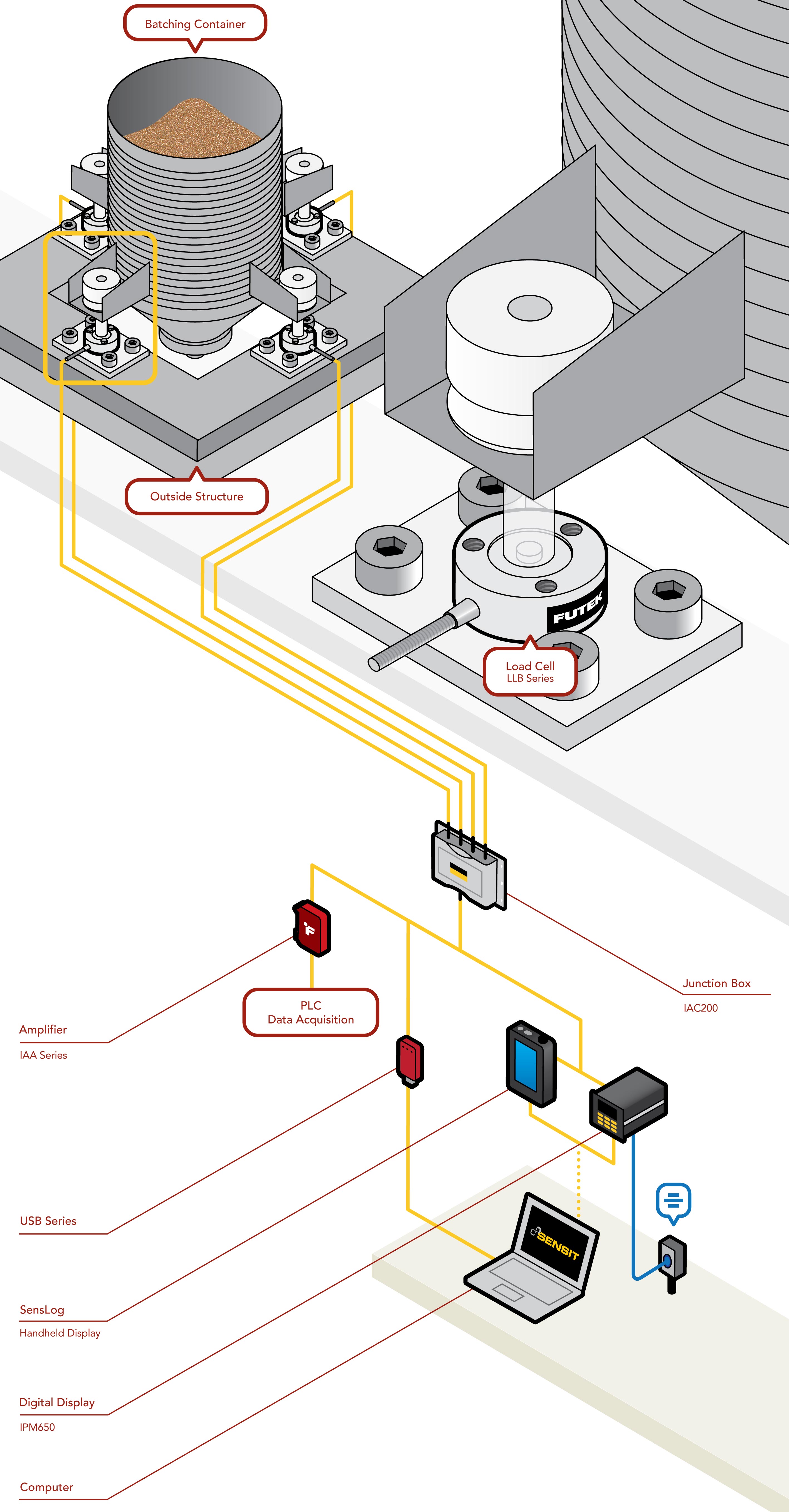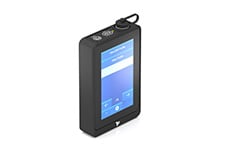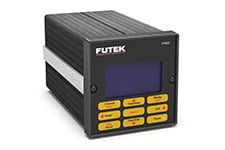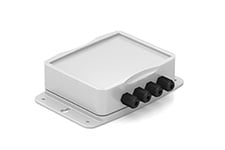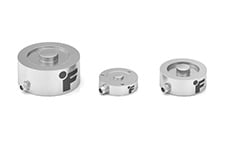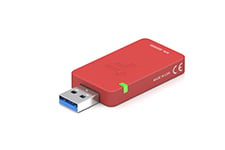Load cells play a crucial role in weigh batching systems, offering precision and reliability essential for various industrial applications. Weigh batching systems can accurately fill containers like bags, drums, or bottles, ensuring each has the exact amount of material. They can also ensure the appropriate amount of materials is added into a batch being mixed. In many factories, manual weigh batching is time-consuming and prone to errors. Automated batch weighing and control systems using load cells improve efficiency by automating this process. Whether in food processing, pharmaceuticals, or chemical production, load cells ensure each batch meets strict weight specifications, maintaining consistency and quality.
A typical batch weighing system includes a central vessel mounted on a load cell weigh frame, with feeders positioned around it to deliver materials according to a specified recipe. Load cells verify the correct amount of product is delivered before adding the next ingredient, with alerts for any discrepancies. This results in reduced product losses and higher quality products due to precise ingredient ratios. Modern load cells, equipped with digital signal conditioners, integrate easily with control systems, facilitating real-time monitoring and data logging. This automation not only boosts productivity but also reduces human error, ensuring accurate measurement and better quality control, leading to increased overall efficiency.
For batch weighing applications that require significantly higher accuracy and resolution, a design can be developed utilizing a series of counterweights to offset the weight of the container, fixturing, and constant dry weight. This approach effectively increases weight measurement resolution, demonstrating that counterweights can be used to achieve high accuracy even in systems with substantial total weights. This method is particularly useful in scenarios where the fixture's weight is too large for the required resolution, highlighting how counterweights can enhance measurement resolution in heavier systems.
How it Works
Utilizing Load Buttons, the contents of a small-scale silo/industrial container can be monitored.
Installed at the base of each leg of the container, these compression-based Load Buttons will measure the contents of the container as it increases and decreases.
As an in-line based load cell, FUTEK's LLB Series requires direct vertical loading on it's loading surface - the button - for precise measurements.
The data from each load cell can be collected and streamed through a Summing Junction Box, such as FUTEK's IAC200 2–4 Channel Summing Junction Box, to a digital display. Both FUTEK's IPM650 Panel Mount Display and SensLog Handheld Display are compatible with this testing platform.
When equipping the platform with either FUTEK's IPM650 or IHH500, Alarms and/or Relays may be utilized to automate the process.
Operators may also utilize FUTEK's USB Solutions - one USB Module per load cell - to stream the data directly onto a PC.
FUTEK's SENSIT™ Test and Measurement Software can further the testing platform, allowing the operator the ability to collect and live graph all data.
Products in Use
One load button (LLB Series) used per each supporting joint paired with Instrumentation (USB Solutions, IAA Series, SensLog Handheld Display, and IPM650).
Contact Us
Please Contact Us with questions.
Load cells play a crucial role in weigh batching systems, offering precision and reliability essential for various industrial applications. Weigh batching systems can accurately fill containers like bags, drums, or bottles, ensuring each has the exact amount of material. They can also ensure the appropriate amount of materials is added into a batch being mixed. In many factories, manual weigh batching is time-consuming and prone to errors. Automated batch weighing and control systems using load cells improve efficiency by automating this process. Whether in food processing, pharmaceuticals, or chemical production, load cells ensure each batch meets strict weight specifications, maintaining consistency and quality.
A typical batch weighing system includes a central vessel mounted on a load cell weigh frame, with feeders positioned around it to deliver materials according to a specified recipe. Load cells verify the correct amount of product is delivered before adding the next ingredient, with alerts for any discrepancies. This results in reduced product losses and higher quality products due to precise ingredient ratios. Modern load cells, equipped with digital signal conditioners, integrate easily with control systems, facilitating real-time monitoring and data logging. This automation not only boosts productivity but also reduces human error, ensuring accurate measurement and better quality control, leading to increased overall efficiency.
For batch weighing applications that require significantly higher accuracy and resolution, a design can be developed utilizing a series of counterweights to offset the weight of the container, fixturing, and constant dry weight. This approach effectively increases weight measurement resolution, demonstrating that counterweights can be used to achieve high accuracy even in systems with substantial total weights. This method is particularly useful in scenarios where the fixture's weight is too large for the required resolution, highlighting how counterweights can enhance measurement resolution in heavier systems.
